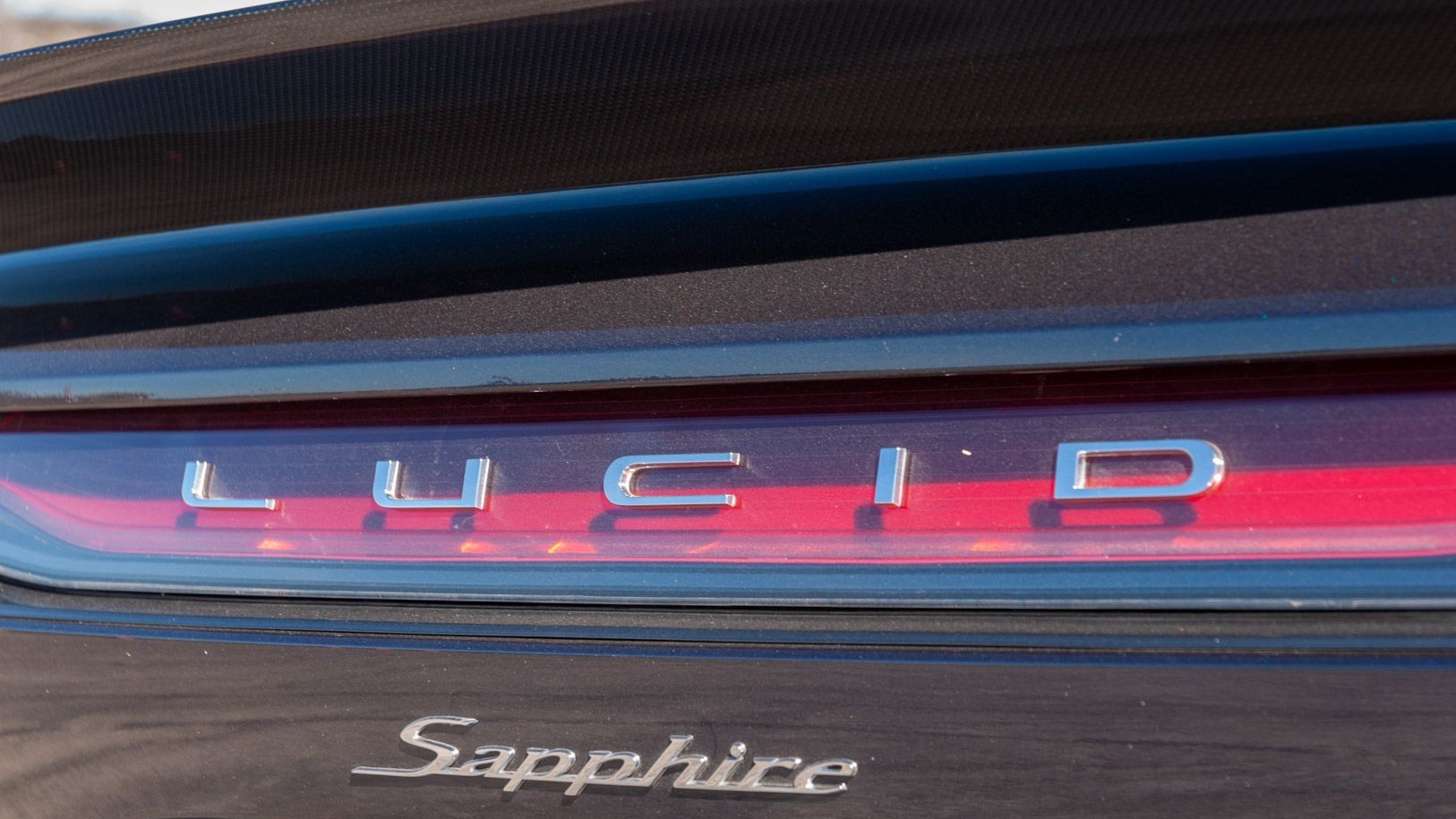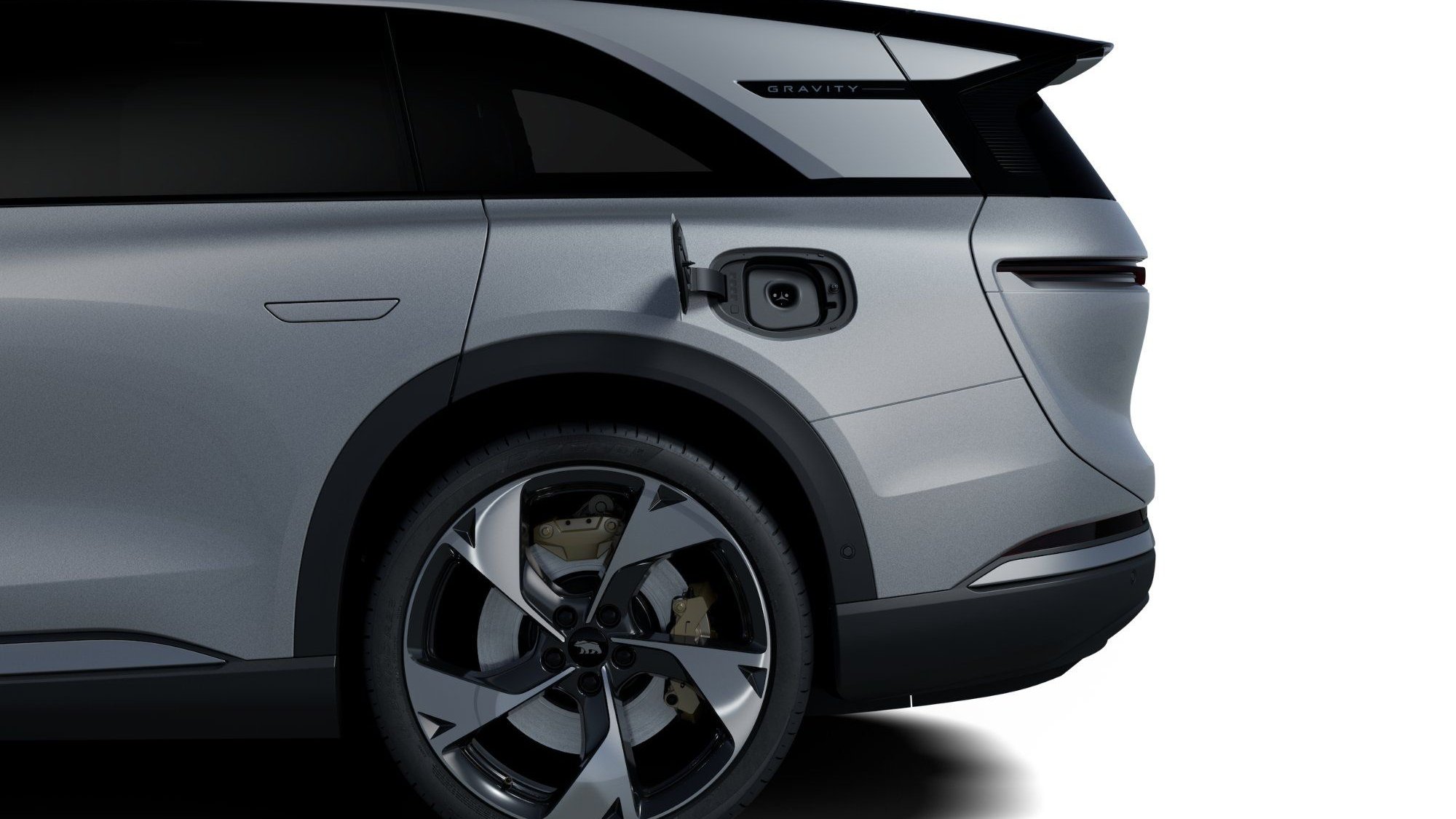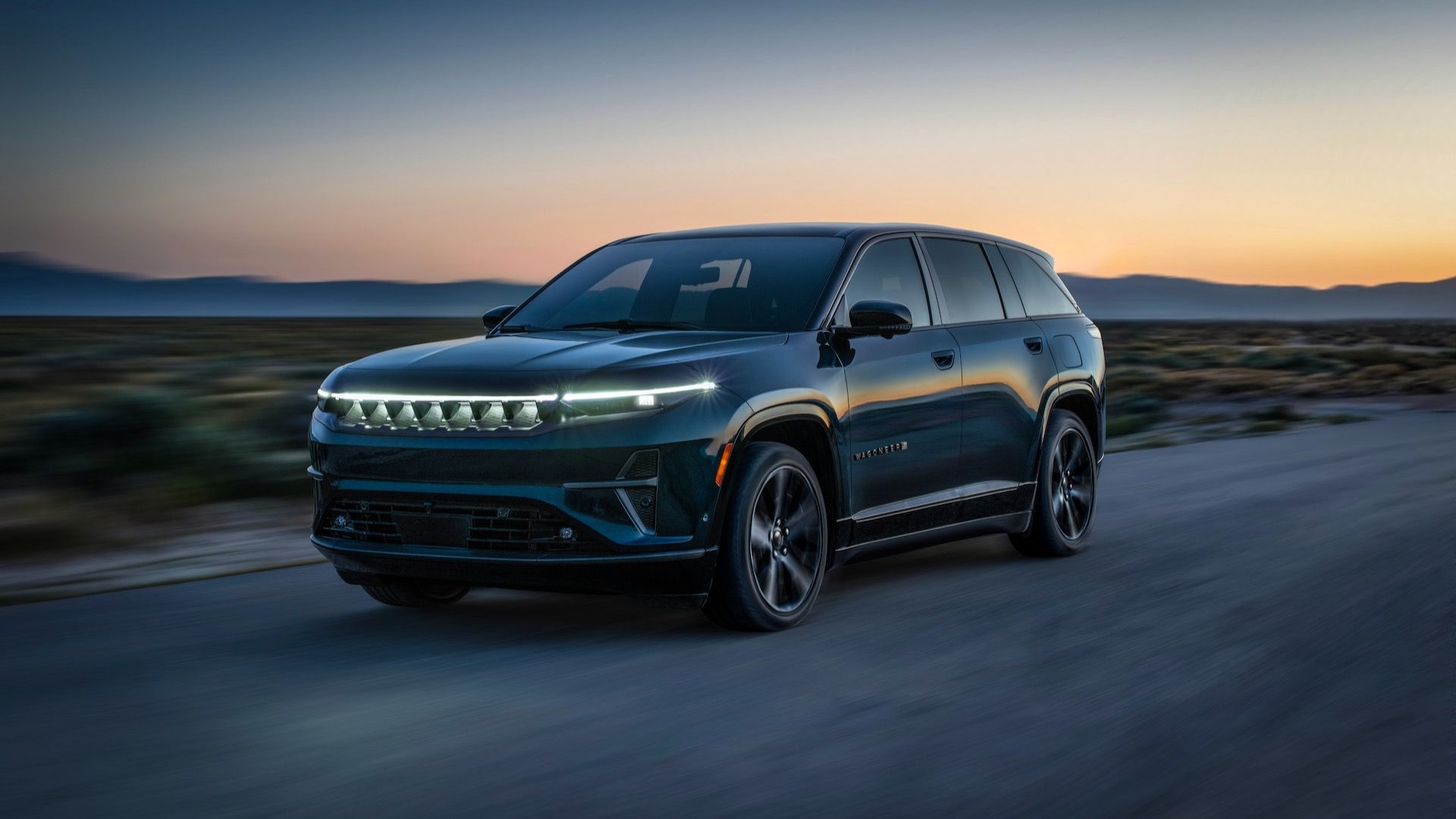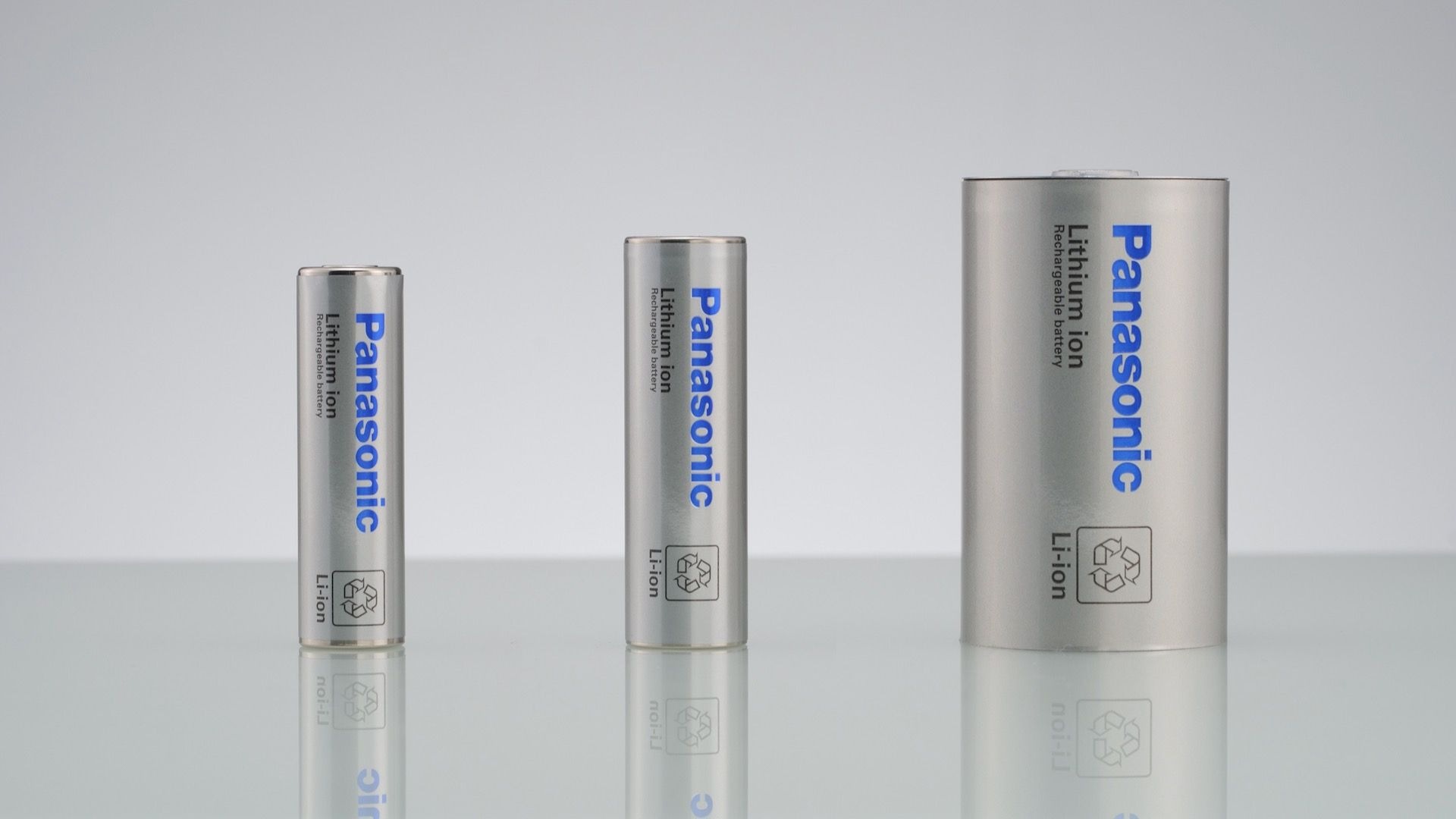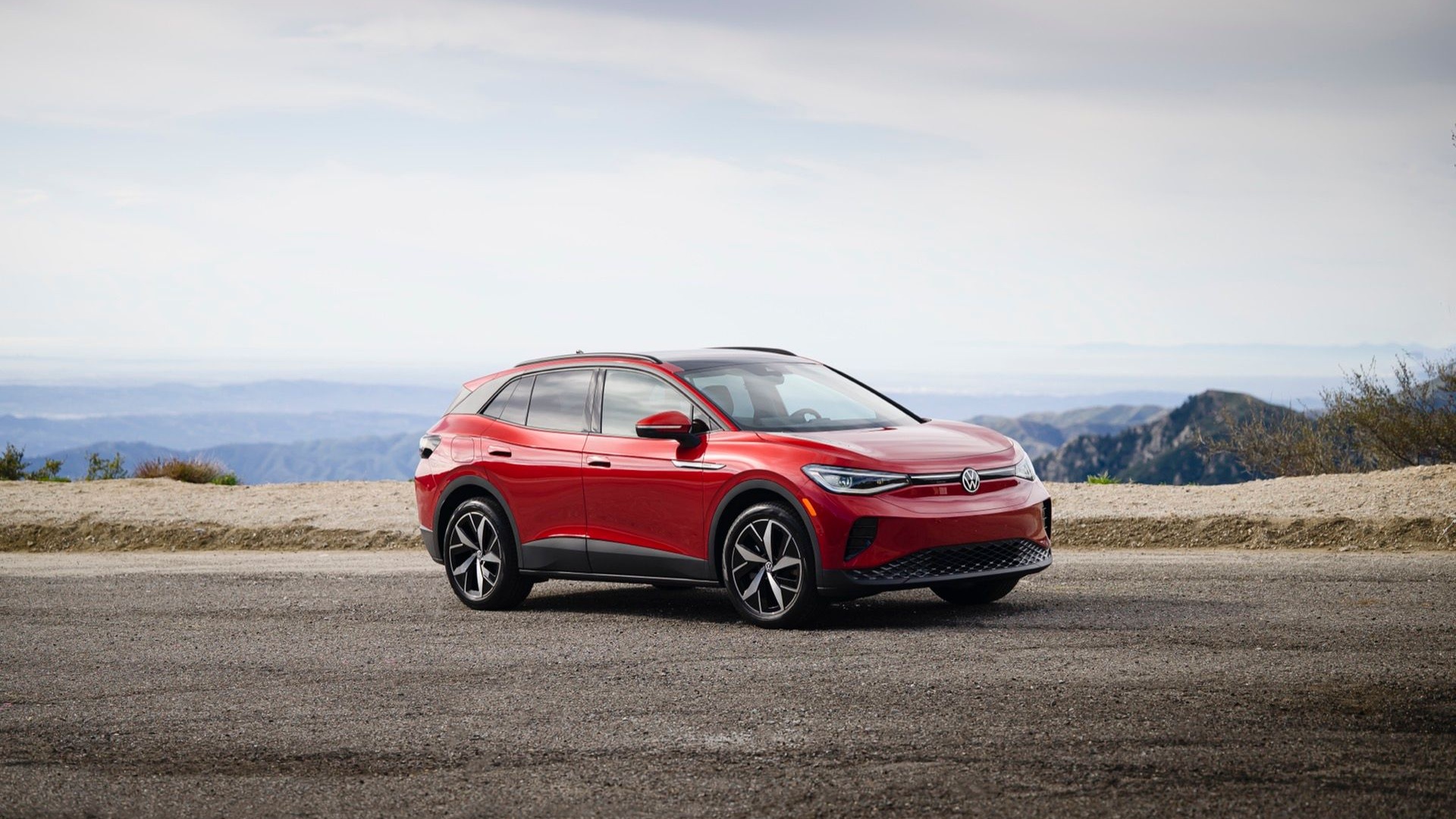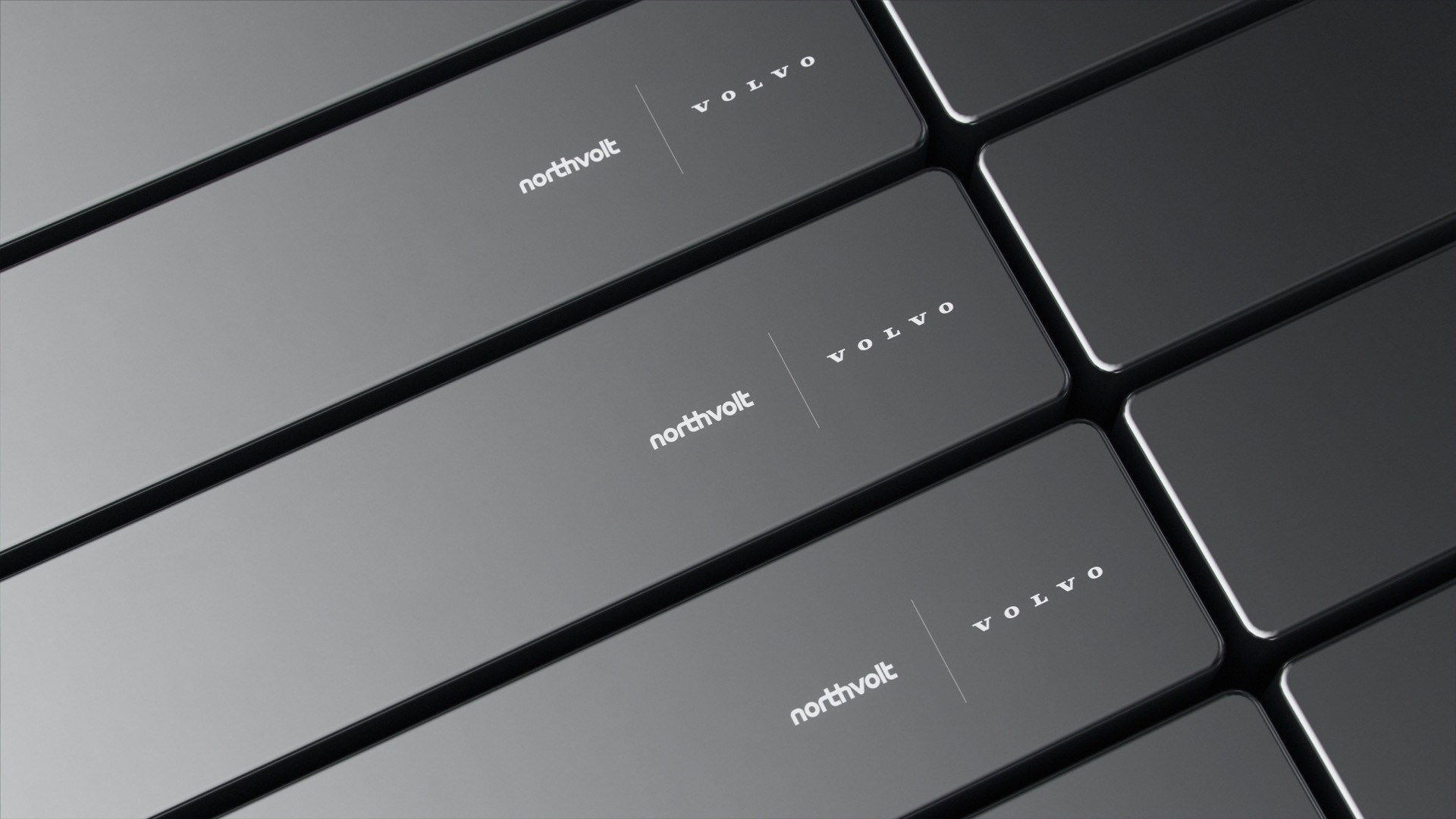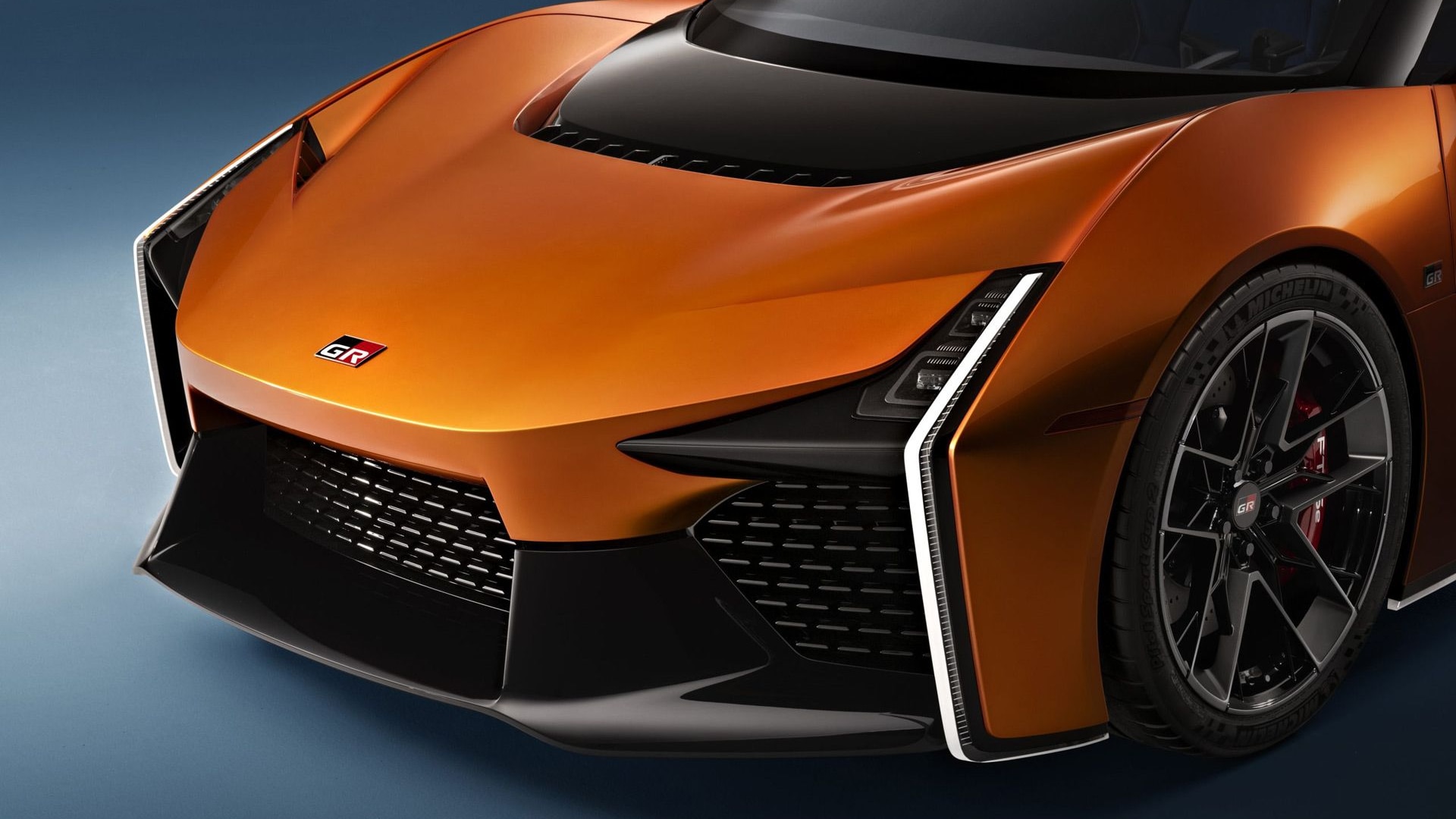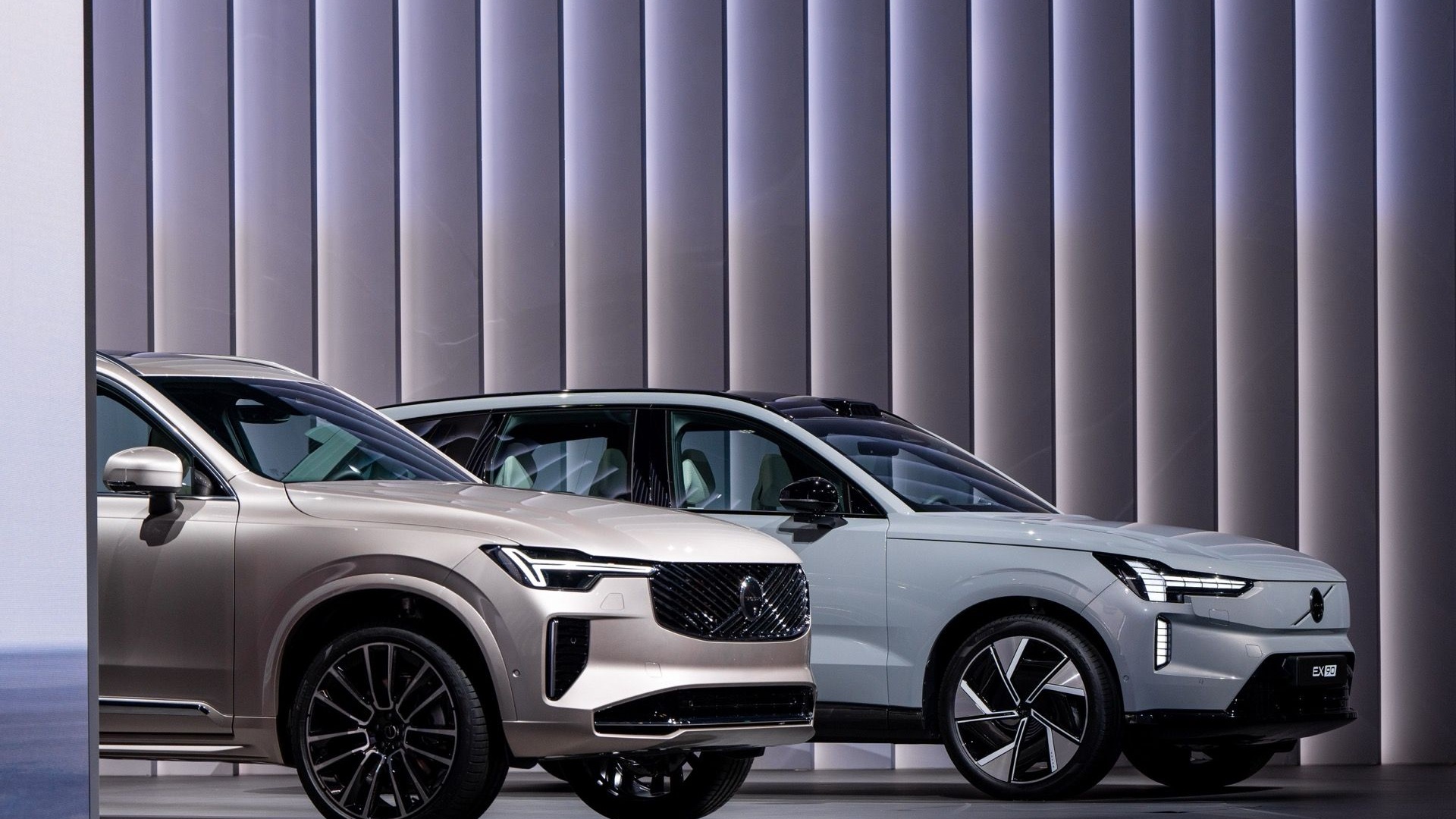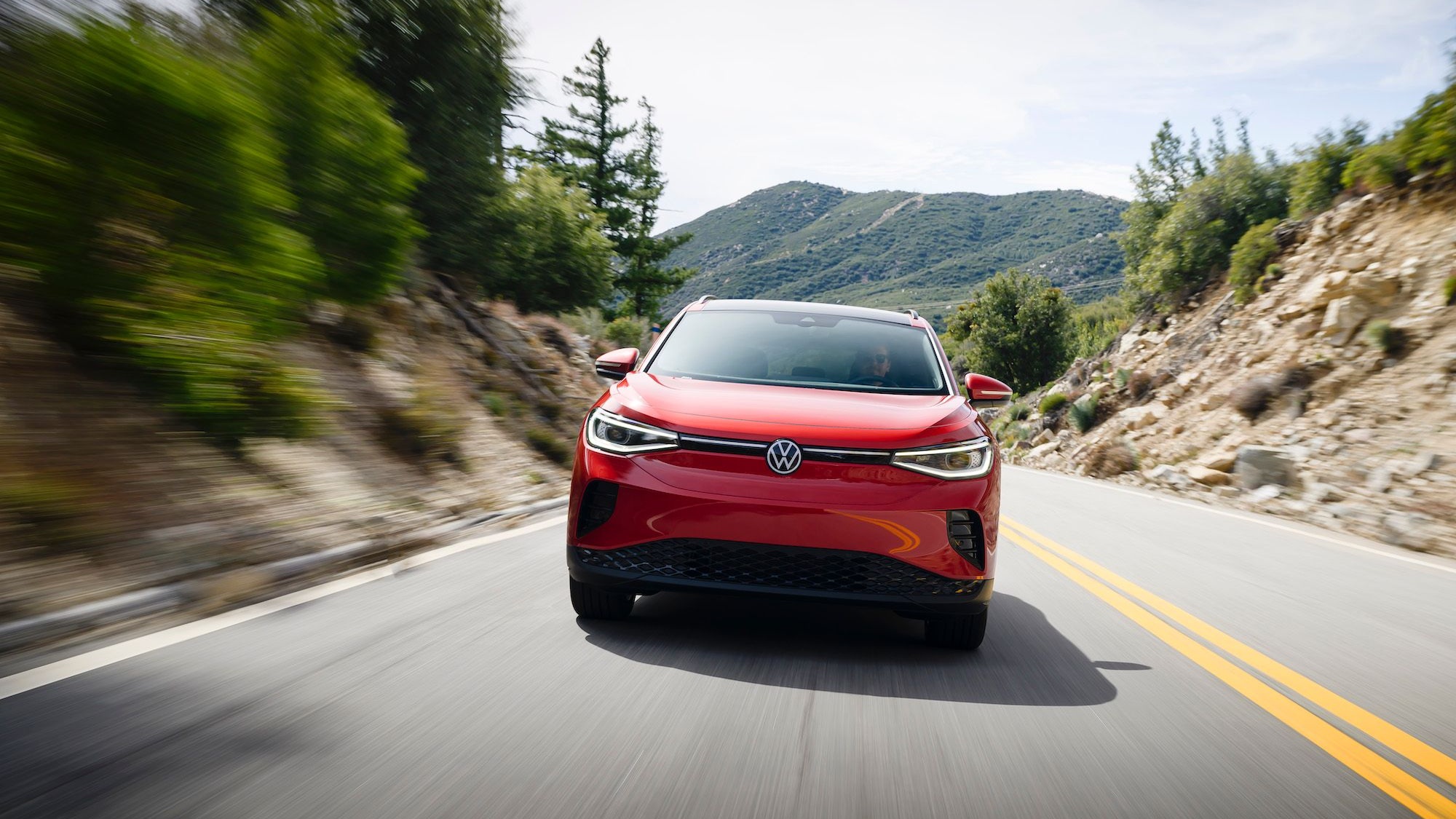- EV wireless charging has a standard to get positioned for an efficient charge
- Called DIPS, it enables cross-compatibility between hardware from different suppliers
- It also helps set the stage for wireless bidirectional charging
Charge ports, connectors, and cables may soon no longer be the only typical way to keep EVs and some types of hybrids charged up.
That’s because the inductive wireless charging industry is finally on its way toward a whole ecosystem of components that will be able to send a charge to vehicle batteries with no physical connection—via an oscillating magnetic field and the principle of electromagnetic induction.
The core of these new standards—on top of the unified standard for wireless charging announced in 2020 and original guidelines set in 2016—is the so-called Differential Inductive Positioning System (DIPS), which uses a low-intensity magnetic field with multiple smaller coils. The arrangement will recognize multiple ground assemblies and help the vehicle get aligned precisely with the charging pad despite various vehicle ride heights and weather conditions.
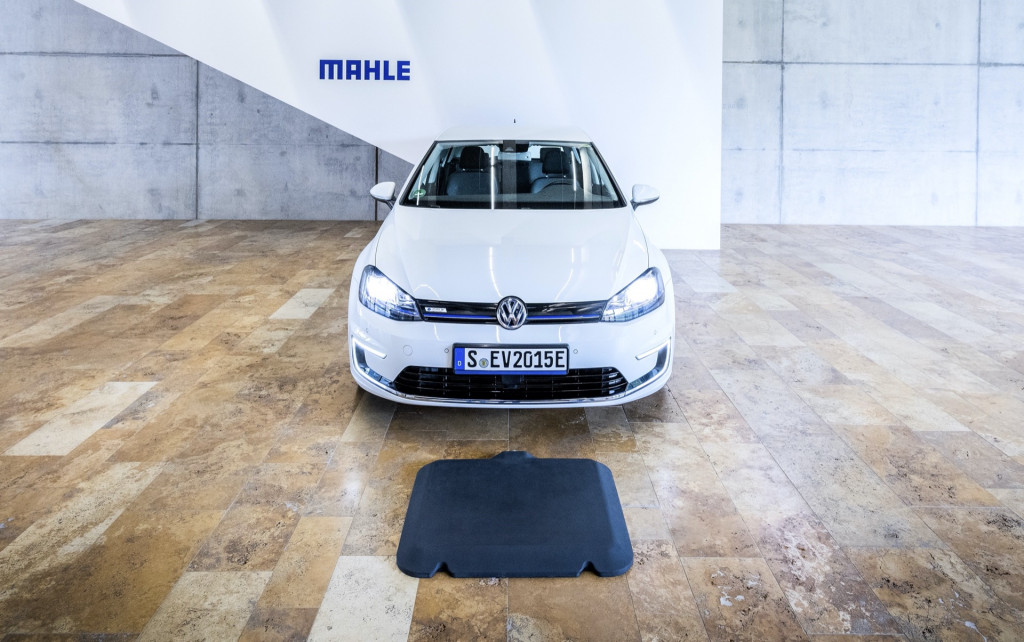
Mahle wireless charging
Publication of the standards was announced last week by the organization SAE International, the same organization that finalized the Tesla-based NACS charging interface. They address unidirectional wireless power transfer, so it might be used in both vehicle charging or in applications that send power banked in batteries back to the home or to the grid.
SAE finalized the methodology for DIPS last November. Now that it’s set as a standard, it opens the door for a range of suppliers to build a wide range of wireless charging components and accessories for EVs—including driveway or parking-lot charging pads, vehicle units, and fleet systems, all with a high level of confidence these systems will be cross-compatible.

Differential Inductive Positioning System component of SAE J954 wireless-charging standard
According to the organization, these standards used “a lengthy consensus process” to finalize alignment for safe wireless power transfer of up to 11 kw at efficiencies of up to 93%. That’s far better than the efficiencies typically seen for smartphone charging pads, and nearly the same as for physical charging connectors when including long charge cables.
Wireless charging costs more than physical charging, but over the long term it’s an EV game-changer. It could even help reduce the reliance on DC fast charging by making public EV charging less complicated and deliberate.
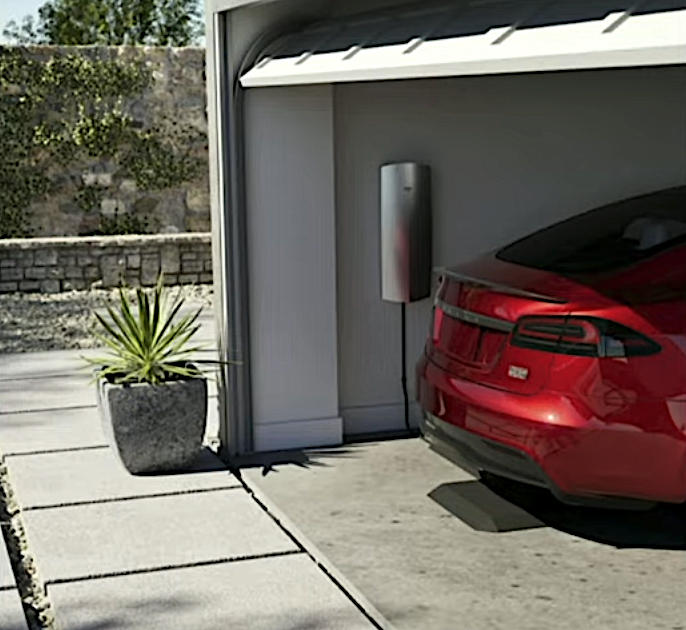
Model S wireless charging pad
So far, the expense of it—and the compatibility concerns—have kept wireless charging from going big. But with this boost from cross-compatibility plus plenty of hints that Tesla is considering wireless charging, this tech might finally be on the verge of catching on.


